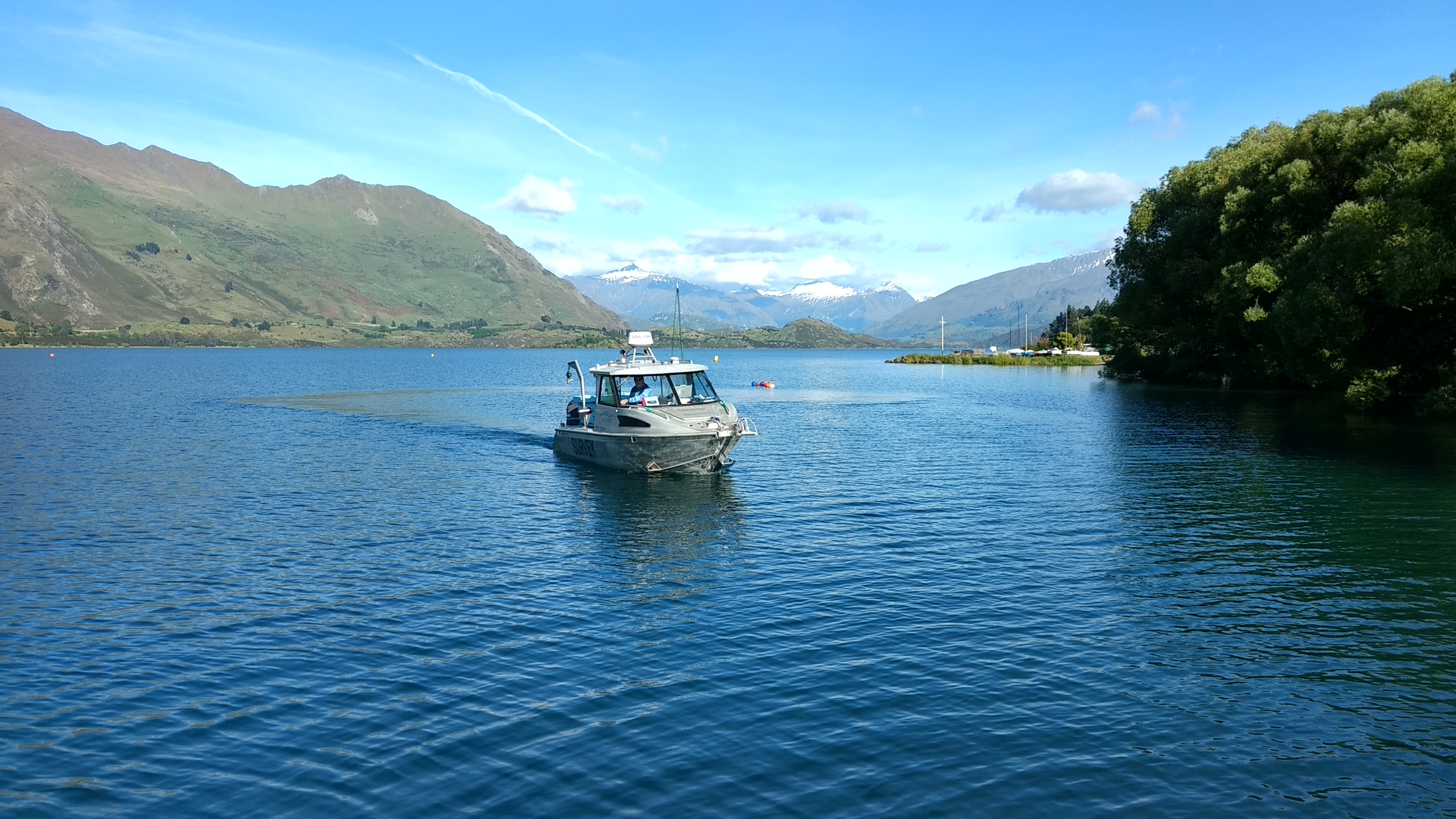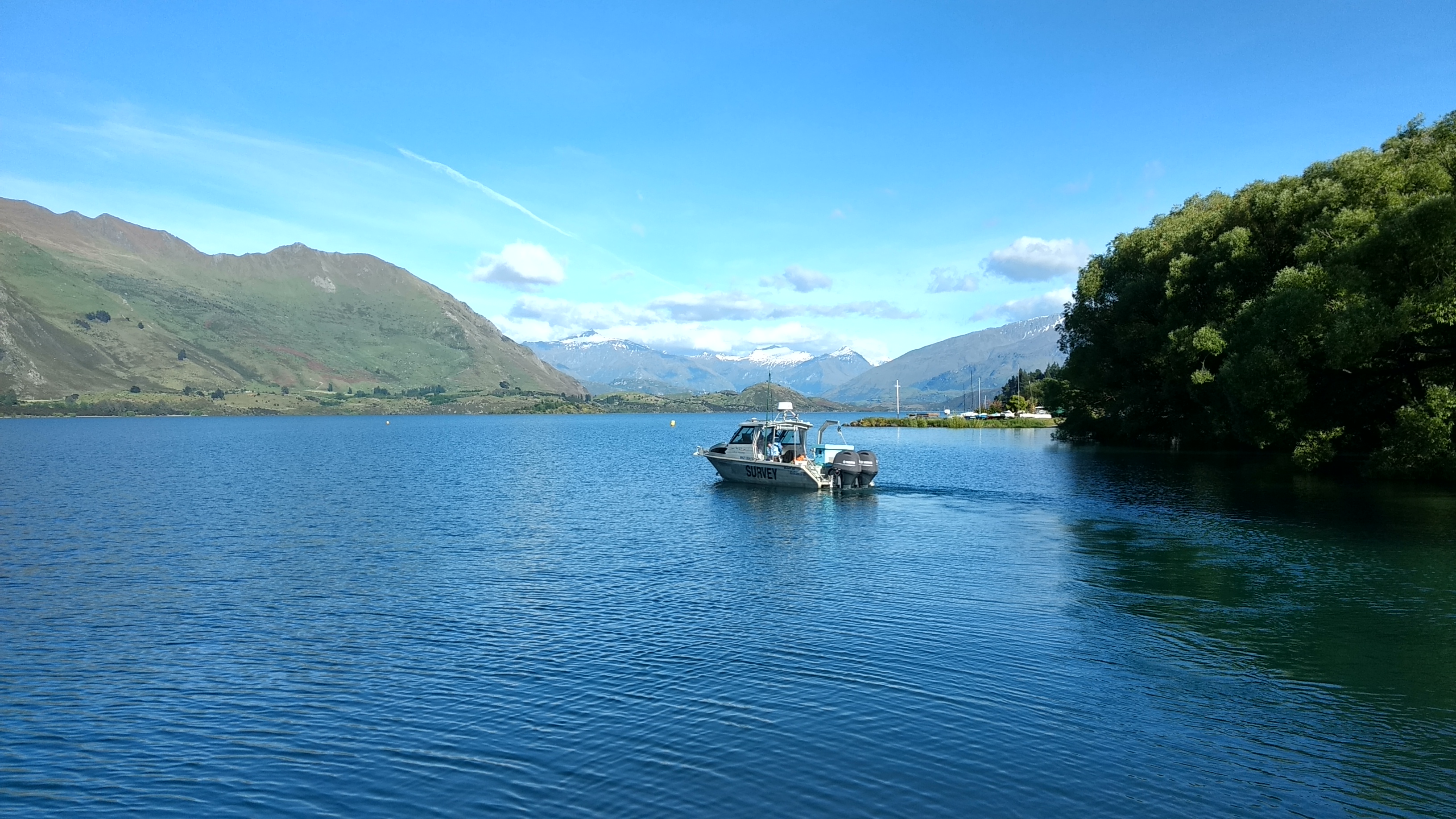A recent review of active faults in the Queenstown Lakes and Central Otago districts by GNS Science, commissioned by the Otago Regional Council (ORC), identified a likely active fault under Wanaka, which may be part of the North West Cardrona Fault.
This fault was previously thought to have run northeast from the Cardrona Valley, through Albert Town to Hawea. GNS scientists now propose that the fault runs northwest past the foot of Mt Alpha, beneath part of Wanaka township, and out under the lake.
ORC Natural Hazards Analyst Ben Mackey said further work was needed to substantiate the findings and understand any implications for Wanaka.
“Since receiving the GNS report, the ORC has commissioned NIWA to carry out a geophysical survey of sediments beneath Lake Wanaka. This work will look for evidence that the fault continues out into Roys Bay,” he said.
NIWA will be using advanced multibeam echo sonar equipment to map the lake, a process where systems emit sound waves in a fan shape beneath the boat's hull, gaining information from the returning soundwaves.
“The survey is taking place over two days beginning 2 December on Lake Wanaka, where they will focus their efforts from Roys Bay to Beacon Point,” Dr Mackey said.
The goal of the survey is to improve ORC’s understanding of the active faults in the area and narrow down what hazard they may pose for Wanaka and the surrounding area.
NIWA has carried out this type of work in the past, at both Lake Tekapo and Lake Wakatipu. They will use the same procedures applied on Lake Tekapo, where evidence of past landslides and an active fault was investigated on the lake.
NIWA Marine Geologist Dr Joshu Mountjoy said, “The lake sediments record past natural hazards, and in Lake Wanaka we are searching for disruption of sediment layers caused by surface or near-surface rupture of faults during earthquakes.
“In Wanaka we are looking for the lakeward continuation of a newly-mapped fault and we are hopeful that we will get a much better picture of what is happening.”
To read the full “Active Faults – Central Otago and Queenstown Lakes” report, visit https://www.orc.govt.nz/otagofaultsreport [PDF].
For more on how to prepare for an emergency, visit the Emergency Management Otago website www.otagocdem.govt.nz and for help making an emergency plan visit www.happens.nz.


